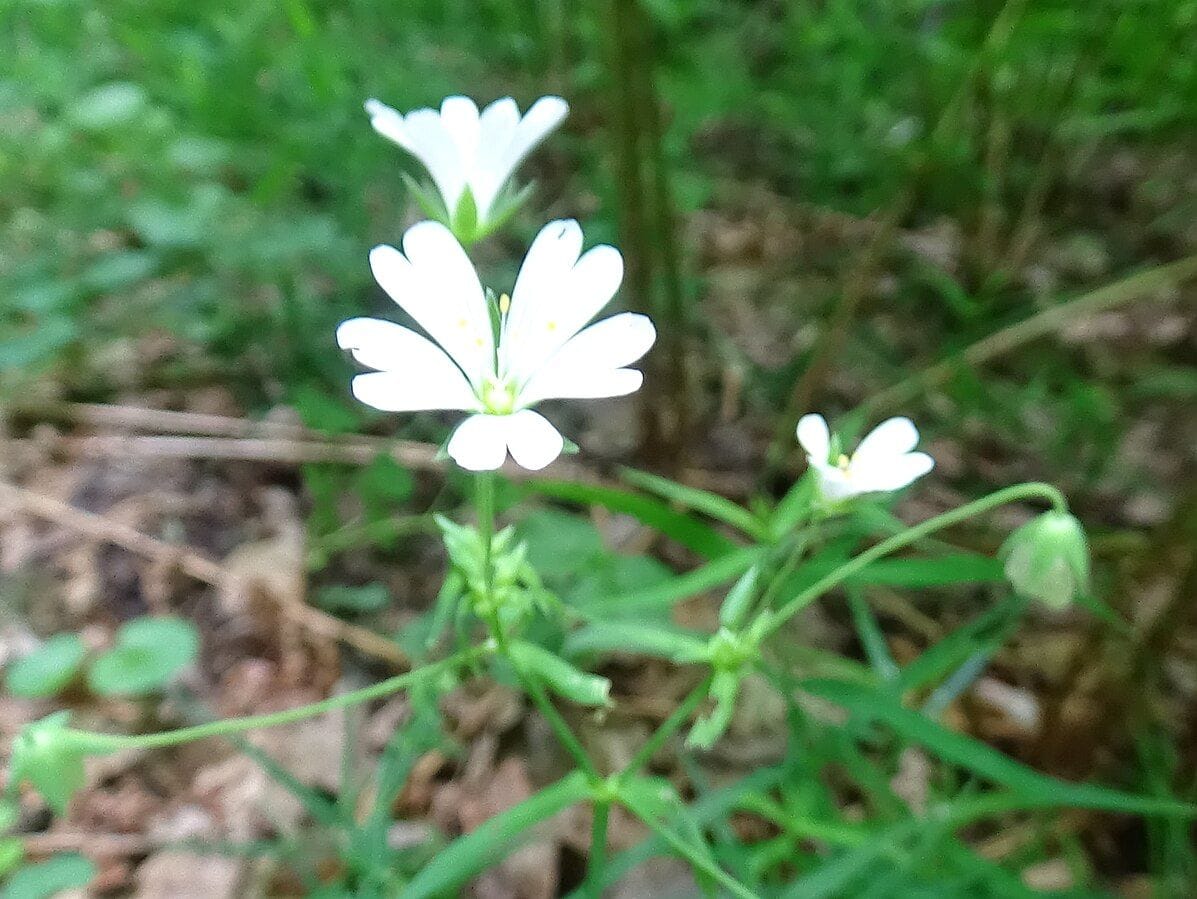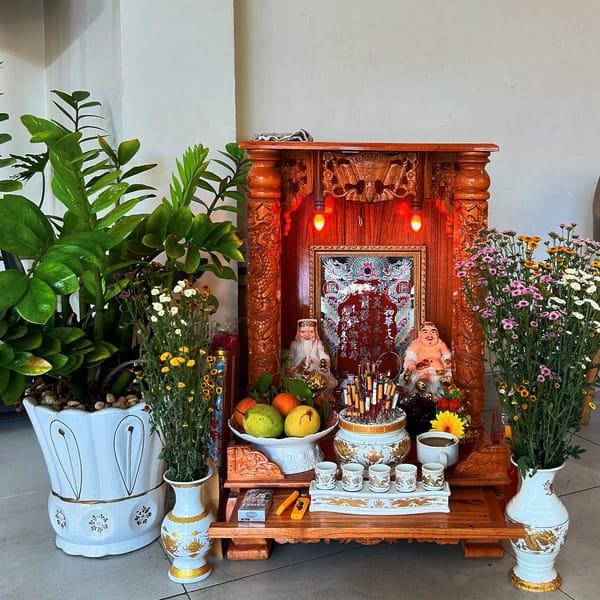silene capensis and its roots

Across the world, many communities tap into the natural world around them, using plants and their properties not only for sustenance and fuel for the body, but also for spiritual guidance and growth.
Meet Silene Capensis, one of the natural world's many wonders. Also known as African Dream Root, this plant is used in shamanic ceremonies in the Eastern cape province in the south of Africa by the Xhosa tribe, and has been for hundreds, perhaps thousands, of years. Interestingly, the flower opens it petals at night, and closes them in the sunlight, inverse to many others in the plant kingdom, and is known for its sweet aroma.
Although its properties are yet to have undergone extensive scientific research, it is known that the use of this plant, specifically its root, induces vivid, even lucid, dreams. In this way, it has parallels with the blue lotus flower, found across Asia and in northern Africa.

In the Xhosa tribe, dreaming is considered a sacred dimension of life, in which they can communicate with ancestors and receive advice, or answers to their questions. This is a belief shared across many cultures and faiths, often overlapping with the belief that dreams can be a portal to communicate with higher entities or God.
When its roots are stirred into water rapidly, a foam is produced on top of the liquid. This foam is then ingested (usually in the early morning or before sleep).
Its traditional usage entails a process similar to that of an ayahuasca journey; vomiting and fasting are thought to be parts of the root's ritualistic use. Unlike the use of ayahuasca, however, the use of silene capensis root is currently legal in every country across the world.
THIS IS NOT MEDICAL ADVICE
SOURCES/FURTHER READING
https://www.world-of-lucid-dreaming.com/silene-capensis.html
https://www.zamnesia.com/uk/content/400-dream-enhancing-silene-capensis
https://en.wikipedia.org/wiki/Silene_undulata





